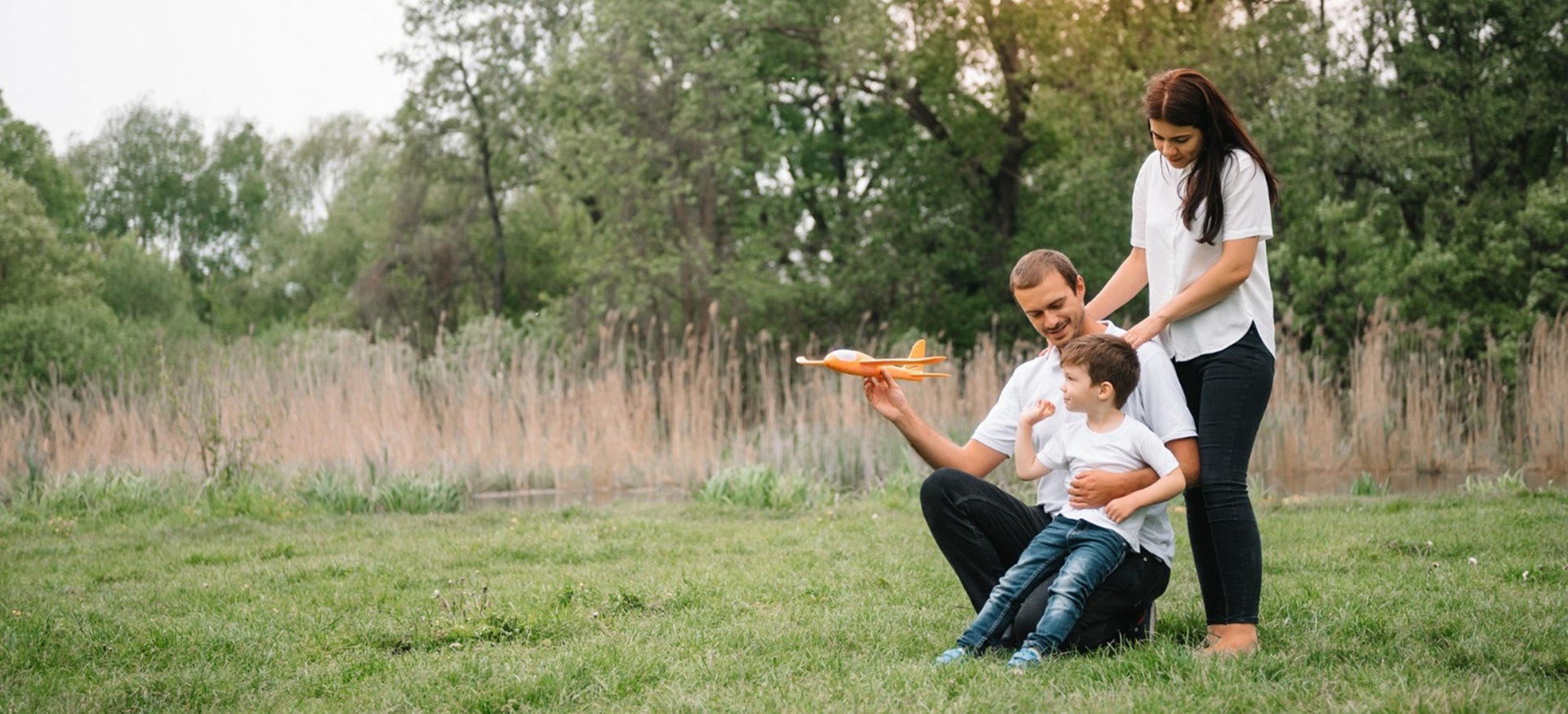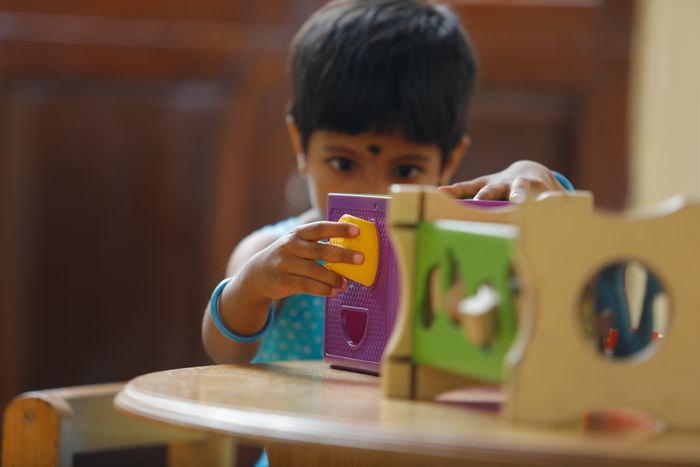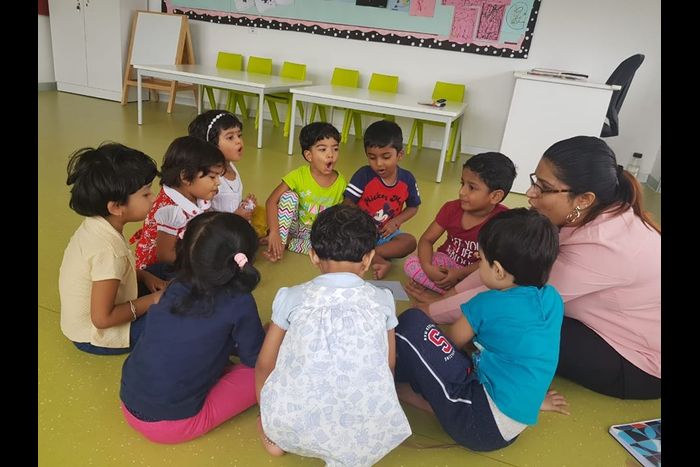


Nature and Outdoor Learning: Why Kids Need More Time Outside

In today’s fast-paced, technology-driven lifestyle, children are spending less time outdoors than ever before. The reduced interaction with nature is raising concerns among parents and educators who are noticing changes in attention spans, creativity, and even physical health. Outdoor learning is more than just playing in open spaces; it is an approach that nurtures curiosity, independence, and emotional strength in children. Spending time outside brings a balance to their lives by complementing classroom education with real-world experiences.
Physical Benefits of Outdoor Learning
Exposure to natural surroundings has a direct impact on a child’s physical growth. Activities like climbing, running, or even walking on uneven surfaces help develop motor skills and improve balance. Fresh air and sunlight are crucial for healthy bones and immunity. Regular outdoor play also reduces the risk of childhood obesity, a concern that is increasingly common in urban areas where play is often restricted to small indoor spaces.
| Aspect | Indoor Learning | Outdoor Learning |
|---|---|---|
| Physical Health | Limited movement, sedentary routines | Improved stamina, stronger bones, active lifestyle |
| Motor Skills | Restricted to structured activities | Natural development through varied terrains |
| Exposure | Artificial light and closed air | Sunlight, fresh air, vitamin D |
Emotional Growth Through Nature
Time spent outdoors reduces stress and anxiety in children. Natural settings have a calming effect that classrooms often lack. The sound of birds, the rustle of leaves, or the sight of open skies helps children feel connected and grounded. Emotional growth in nature is also about building resilience. When children face challenges outside—like figuring out how to cross a stream or build a small shelter—they learn patience and problem-solving, boosting their confidence in the process.
Enhancing Creativity and Imagination
Unlike structured classroom activities, outdoor environments leave room for imagination. A patch of soil can become a battlefield for toy soldiers, a tree can transform into a fort, and stones can be counted as treasures. This unstructured play allows children to invent games, tell stories, and express themselves in ways that screens and books cannot fully provide. Teachers who integrate nature-based activities often notice children displaying higher levels of creativity and originality in their work.
Academic and Cognitive Benefits
Outdoor learning does not replace academics; it enhances them. Studies show that children who spend more time outside tend to perform better in science and environmental studies. Observing insects, collecting leaves, or measuring rainfall provides hands-on knowledge that textbooks alone cannot offer. Even subjects like mathematics or language can be made engaging when taught through outdoor activities, such as counting natural objects or writing about personal experiences in nature.
| Learning Area | How Nature Helps |
|---|---|
| Science | Direct observation of plants, animals, and weather patterns |
| Mathematics | Practical application through measurement and problem-solving in outdoor tasks |
| Language | Creative writing inspired by natural surroundings |
| Social Studies | Understanding ecosystems and human interaction with the environment |
Social Skills and Teamwork
Playing and learning in groups outdoors encourages collaboration. Children often form teams for games, solve challenges together, and share resources. These interactions build empathy, communication, and cooperation—qualities that are as important as academic knowledge. When children engage in outdoor projects, such as planting a garden or cleaning a park, they also learn the value of responsibility and collective effort.
Balancing Screen Time and Outdoor Time
One of the biggest challenges for parents today is managing the hours children spend on screens. Outdoor learning provides a natural solution by engaging kids in activities that are physically and mentally stimulating. Instead of replacing technology altogether, nature offers a balance where children can enjoy both digital and real-world experiences without one overshadowing the other.
Conclusion
Outdoor learning is not a luxury but a necessity for children’s balanced growth. It supports their physical health, strengthens emotional well-being, and sharpens creativity. More importantly, it prepares them to face life’s challenges with resilience and confidence. Parents and schools must actively create opportunities for outdoor learning, whether it is through field trips, nature walks, or simply letting children play in the park. The more time kids spend outside, the more they grow into well-rounded, thoughtful, and capable individuals.





